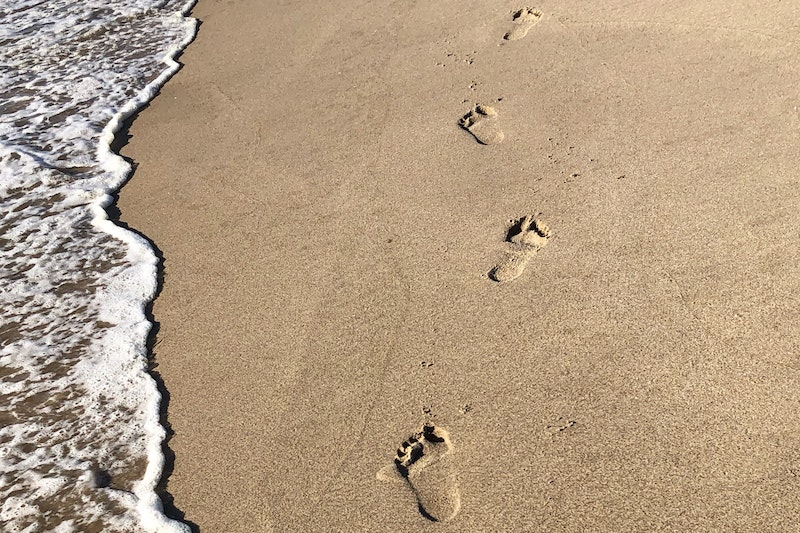By Katherine Poehnert, MEd Psych, PCC
Did you know that your Brain is distributed throughout your body? If you have a body, and move that body in space, and are aware of the signals that body is sending to you, then you know that your behaviors, decisions, emotions, and impulses are part of the “brain-body“ system.
Our brain — which consists of approximately 86 billion neurons — has many functions, and is composed of a network of areas working together to help us function effectively in this world. Most of these processes are going on without our conscious understanding. We do know that neurons, however, are not only found in the brain: they are found throughout our central nervous system and in our gut. In fact, our gut, which extends from our esophagus to where it exits the body, contains millions of neurons, and is often considered the “second brain” (Scientific American)… ”Gut feelings” take on a whole new meaning in light of this information.
According to Amanda Blake, author of Your Body is Your Brain, your whole body is part of your thinking mechanism, and is also your main social/emotional sense organ. Learning to listen to its’ signals can help you in many important leadership functions, including decision-making, relationship building, self-awareness, etc.
Because our body is the source of all of our experiences, it makes sense to listen to what it is telling us… Unfortunately, few of us do that. We have been programmed to believe that everything important happens in the brain in our head.
We do know from David Kolb’s research in Experiential Learning Theory, that learning always occurs through direct concrete experience (which involves our bodily senses), reflection upon that experience, some conceptualization or conclusion around the experience, and eventually, active experimentation (behavior) as a result.
If we know that all learning starts with the body and leads to the creation of certain behaviors, then it is useful to use this knowledge to pay better attention to the signs and signals from our body in order to better know how to act.
There are actually three main ways to pay attention to our bodies (big words, but simple concepts):
Interoception — noticing internal, visceral sensations, such as temperature, heart rate, breathing, itching, etc.
According to Cognitive Neuroscientist, Dr. Tallon-Baudry’s research, “Interoception of signals from our organs may help our brains unite incoming information — including sight, body placement, and cognitive categories — into a singular point of view.” (Journal of Neuroscience, 2016).
Exteroception — noticing information coming through our 5 senses (sight, vision, taste, smell, and touch).
Proprioception — noticing the position and movement of our body in space.
Perhaps we have developed a habit of making decisions a certain way, or interacting with our peers, team, or superiors in ways that have been informed, usually unconsciously, by all of the above ways of perceiving, but may not be as productive as we would like. If we can learn to tune into the signals from our body (embodied self-awareness), particularly through interoception, we can perhaps make better decisions, build better relationships, and increase our productivity.
Studies have shown a causal relation between interoception and the rationality of decision making. (Biopsychosocial Medicine 3/12, 2020).
You may be wondering…”So how do I interpret all of these sensations coming in, so I can utilize them effectively?” That is where coaching comes in. A coach, particularly one familiar with these ideas, can ask the questions that can help you to not only gain insight into meanings, but aid you in turning insight into action.
We want our decisions to be informed by a healthy balance between reason, emotion, and intuition, so it only makes sense that if our bodies are an avenue of information and knowing, and we are attuned to that avenue, and utilize that information appropriately, we can be more clear in our decision making. While we may not literally be making decisions with our toes (a bit of literary license!), knowing that our body is not something separate from our mind, but is actually part of our thinking, knowing system, can help to bring awareness to what it may be trying to tell you!
For more about “Brain-Body” and other tools to strengthen your leadership skills, schedule a consultation with Kathy.

